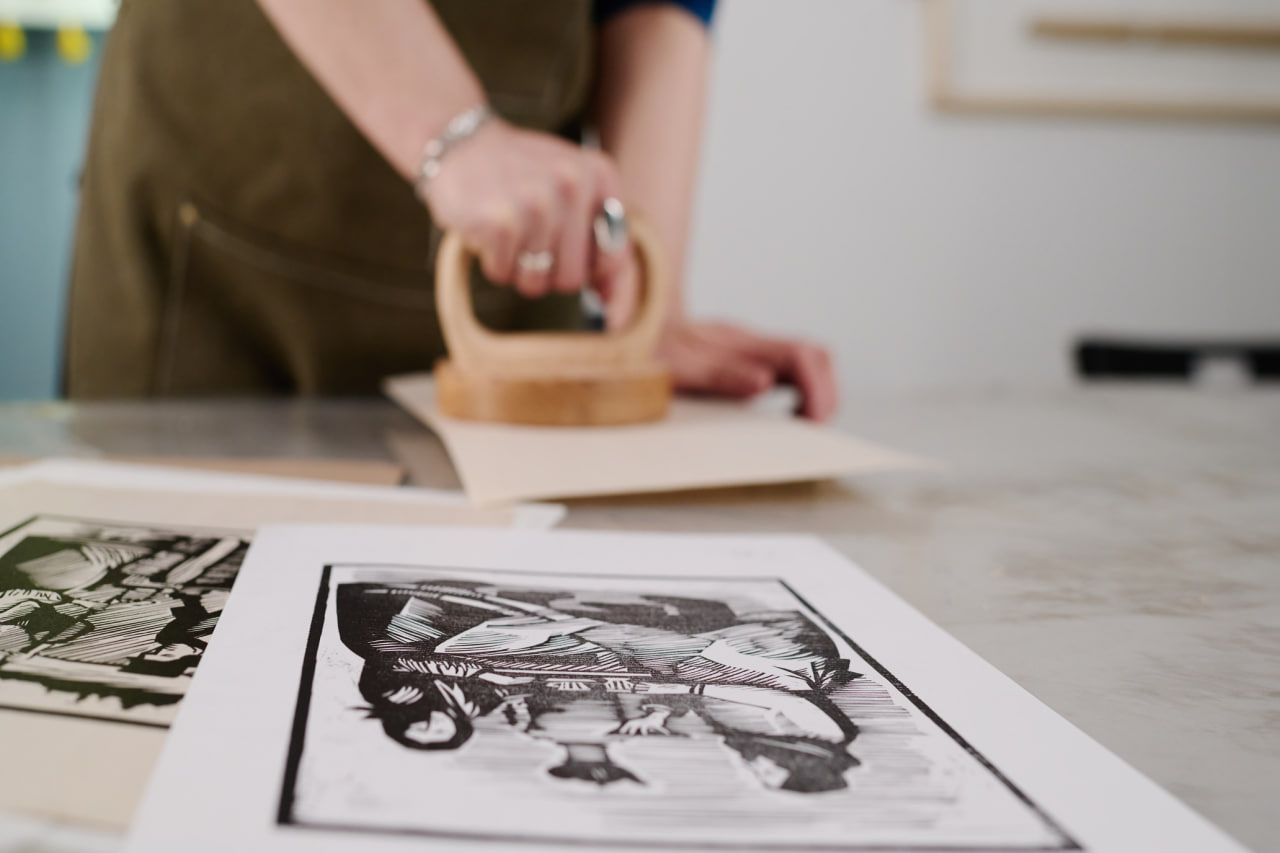The journey from an initial sketch to a finished etching is both technical and creative. Proper planning ensures that your artistic vision is realized effectively on the plate and ultimately on paper. By approaching your etching methodically, you can refine composition, explore techniques, and produce prints that are both visually compelling and personally meaningful.
Starting with a Concept
Every successful etching begins with a concept. This can be inspired by nature, emotions, personal experiences, or abstract ideas. Defining a clear vision at the outset helps guide decisions regarding composition, line work, and texture.
Consider what you want the final print to communicate. Are you emphasizing intricate detail, bold contrast, or expressive movement? Establishing a purpose for your piece allows you to make intentional choices throughout the etching process.
Developing the Sketch
The sketch is the foundation of your etching. It translates your concept into a visual plan that can be adapted to the plate. Start with rough drawings to explore composition, scale, and perspective. These preliminary sketches are essential for identifying potential challenges and refining the overall structure.
Once satisfied with the rough layout, create a detailed sketch. Consider line thickness, shading, and the placement of textures. A well-developed sketch will make the etching process smoother and reduce the likelihood of mistakes on the plate.
Choosing Materials and Techniques
Selecting the right plate, ground, needles, and inks is critical for translating your sketch into an effective etching. Different materials and techniques yield varying effects:
- Etching Plates – Copper and zinc are common choices, each offering distinct characteristics in how lines hold ink.
- Grounds – Wax or resin-based grounds protect areas of the plate, controlling where acid bites.
- Needles and Tools – Experiment with different points and pressures to achieve varied line qualities.
- Inks and Papers – The choice of ink consistency and paper type influences the final texture and tonal range.
Careful planning in material selection ensures that your techniques align with your artistic vision and the desired outcome.
Translating the Sketch to the Plate
With materials chosen, the next step is transferring the sketch to the plate. Many artists lightly draw directly onto the ground or use tracing methods to ensure accurate placement.
Focus on adapting your lines and textures to the plate. Some details may need to be simplified or emphasized differently, considering how the acid and printing process will affect the final print. This stage requires patience and precision, as every mark contributes to the final impression.
Planning the Etching Process
Etching involves multiple stages, including preparing the plate, applying acid, inking, and printing. Planning each step carefully helps maintain consistency and reduces the risk of errors.
- Timing in the Acid Bath – Control how long the plate is exposed to acid for desired line depth.
- Layering Techniques – Consider using aquatint or multiple etching sessions for tonal variations.
- Testing and Proofing – Create test prints to evaluate progress, adjust details, and refine composition.
Planning these elements ensures a more predictable and controlled result, while still allowing room for creative experimentation.
The Role of Iteration and Refinement
Creating a successful etching often involves multiple iterations. Test prints reveal how lines, textures, and compositions translate from plate to paper. Use these proofs to refine details, adjust contrast, and enhance textures.
Iteration is not a sign of failure but a natural part of the artistic process. Each print provides valuable feedback, guiding adjustments and improving technical skill.
Final Printing and Presentation
Once the plate is finalized, the final prints are made. Proper inking, wiping, and pressing are essential to achieving clarity, depth, and texture. High-quality paper and consistent pressure ensure that the prints accurately reflect your artistic intention.
The completed prints can be presented individually or as a series, showcasing the journey from concept to realization. Displaying your work thoughtfully allows viewers to appreciate both the artistic vision and the meticulous craftsmanship involved.

